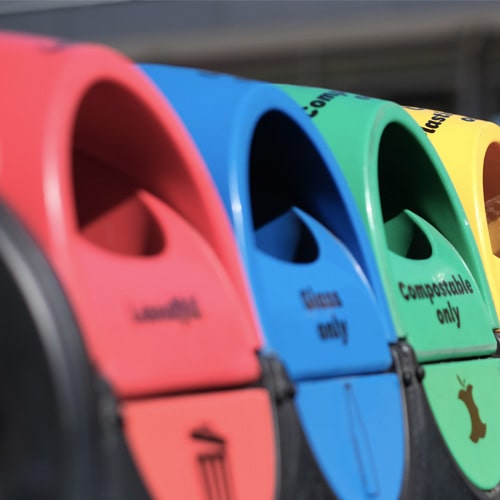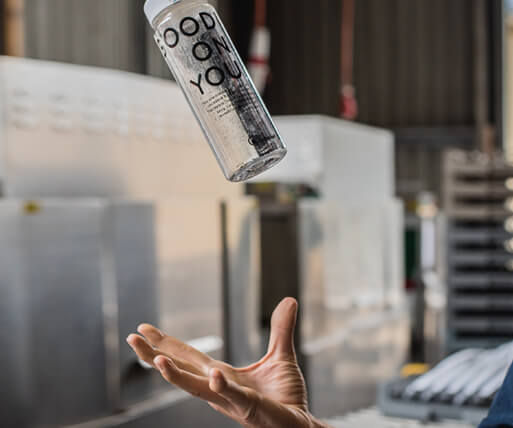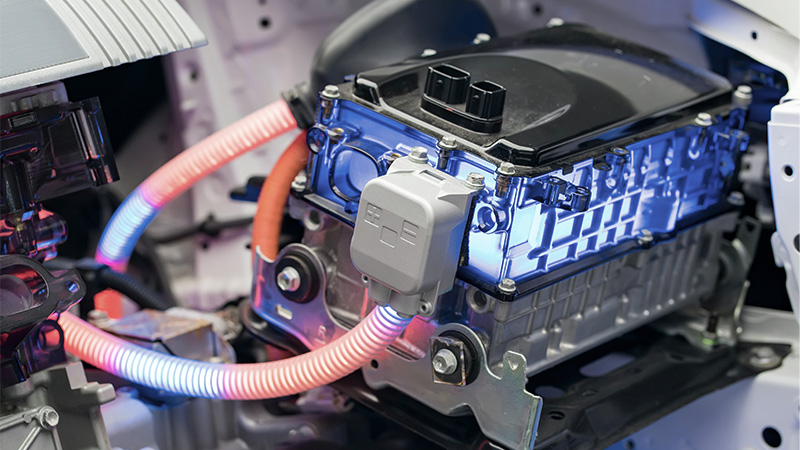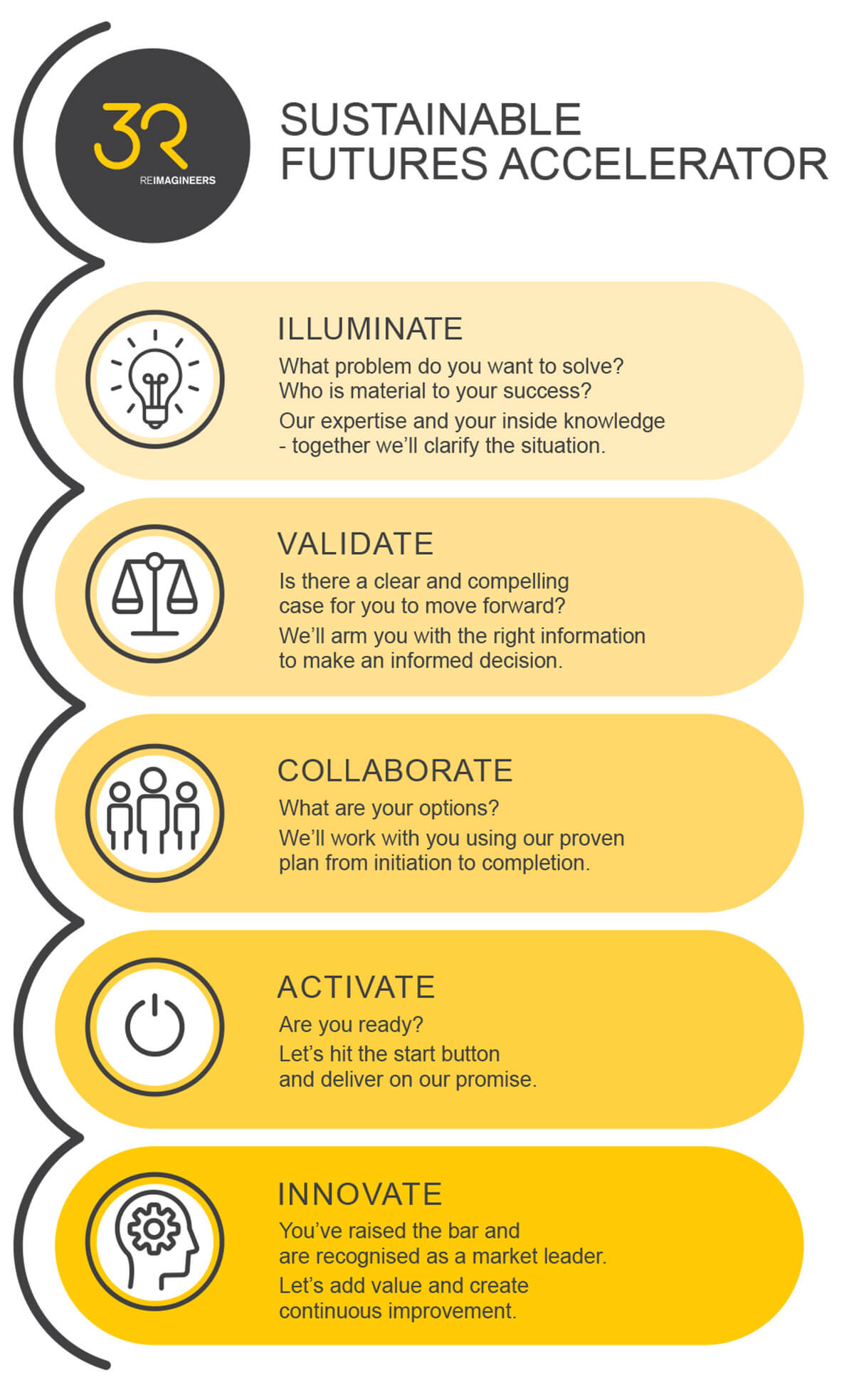Large batteries aren’t going anywhere, and we’re ready
The way Kiwis get around is changing. We’ve all noticed the switch, from electric scooters, bikes, cars, trucks, buses, and even ferries – large batteries are here to stay. Electric vehicles play an important role in our collective low emissions future. But how do we ensure a sustainable lifecycle for them before we hit the road?
Like most technologies, battery evolution is happening at pace. The chemical composition of batteries, their size, weight, and overall design, are all key considerations for battery resource recovery and how we can look after batteries throughout their lifecycle – or, as we call it in the waste industry, product stewardship.
Battery-powered vehicles aren’t new. There were electric carriages and locomotives as early as the 1840s, even NASA’s Lunar rovers were battery powered. Over the past three decades we’ve seen rapid battery development, affecting how we communicate and get around.
Don’t batteries catch fire, though?
With any new technology, there are inherent risks, challenges, and opportunities.
We’ve all seen stories about lithium-ion battery fires in rubbish trucks, usually due to incorrect small battery disposal. And while it’s not large batteries causing these fires, it does highlight how all batteries should be carefully handled and de-charged. This is why expertly planned recycling and resource recovery pathways are crucial.
While we don’t have enough large batteries in New Zealand for them to be a problem yet, the resource recovery sector is already planning ahead. It’s not often we get to design a solution before something becomes a problem, but creating a circular system for large batteries now means we can do just that.
Who’s involved?
E-waste was declared a priority product in 2020, meaning a product stewardship scheme must be designed for it. Led by a group of industry experts, the Battery Industry Group was established to design a separate scheme for large batteries, which would address global fears of dangerous mountains of end-of-life batteries, stockpiled and in landfills.
Work was needed to understand possible material pathways including:
- refurbishment
- reuse in secondary life applications
- recycling
- and disposal
Data is king
The carbon footprint of large batteries, coupled with corrupt mining practices, are often cited as reasons for not switching to EVs. Despite this, globally, electrification is projected to increase lithium-ion demand by over 500 per cent by 2030.
New Zealand a tiny nation at the bottom of the world, so working with international suppliers to address these issues can be tricky.
Thankfully, the Global Battery Alliance is developing a passport for large batteries. This includes:
- raw material provenance
- manufacturing
- carbon credentials
- human rights record
- battery use and performance
It is supported by EU directives and means every battery to market must have a passport, creating a trackable framework for transboundary movements.
Our proposed local scheme will take advantage of these passports, as they are key to our success.
How will we recycle them?
While there is no onshore large battery processing in New Zealand, there is offshore demand for black mass (one of the components of large batteries), though that creates transport challenges.
There is interest in battery recycling locally, but any potential investment in infrastructure must be supported by demonstrable demand. With that in mind, onshore infrastructure investment is likely to be geared toward converting batteries into black mass.
However, in pursuing a circular solution, we must prioritise reuse, before we ship the materials offshore. Ideally, we also want investment in both refurbishment and repurposing.
While a battery’s capacity and performance may no longer be suitable for propulsion of a vehicle, the battery retains significant energy storage capacity. We’ve seen a repurposing approach to this in practice recently, with Counties Energy converting 18 Nissan Leaf batteries into a Berm battery energy storage system for charging EVs in Mercer, Waikato.
There are also opportunities to work with the energy sector on solar power storage systems using end-of-life EV batteries. Reflecting on lessons from Cyclone Gabrielle, the inclusion of battery energy storage systems from used EV batteries would have lessened the impact of communication and power interruptions. There were also examples of EVs being used to power pharmacy and essential services where generators were unavailable.
Continued evolution
Things are developing quickly – the chemistry and design of large batteries is constantly changing, for example, we’ve moved from cell to blade technology, and now developing solid-state batteries. Evolving chemistries, coupled with enhanced durability and thermal stability, will increase batteries’ longevity further.
New Zealand must move quickly to make the most of these opportunities and any future scheme must have the agility to adapt and change to new materials.
Collaboration is key
With all of that in mind, it’s vital we collaborate across industry, government, NGOs, and our communities, to capitalise on the opportunities offered by large batteries, as a high value resource.
Any progress we can make relies on everyone playing their part to ensure a consistent supply and solution.







